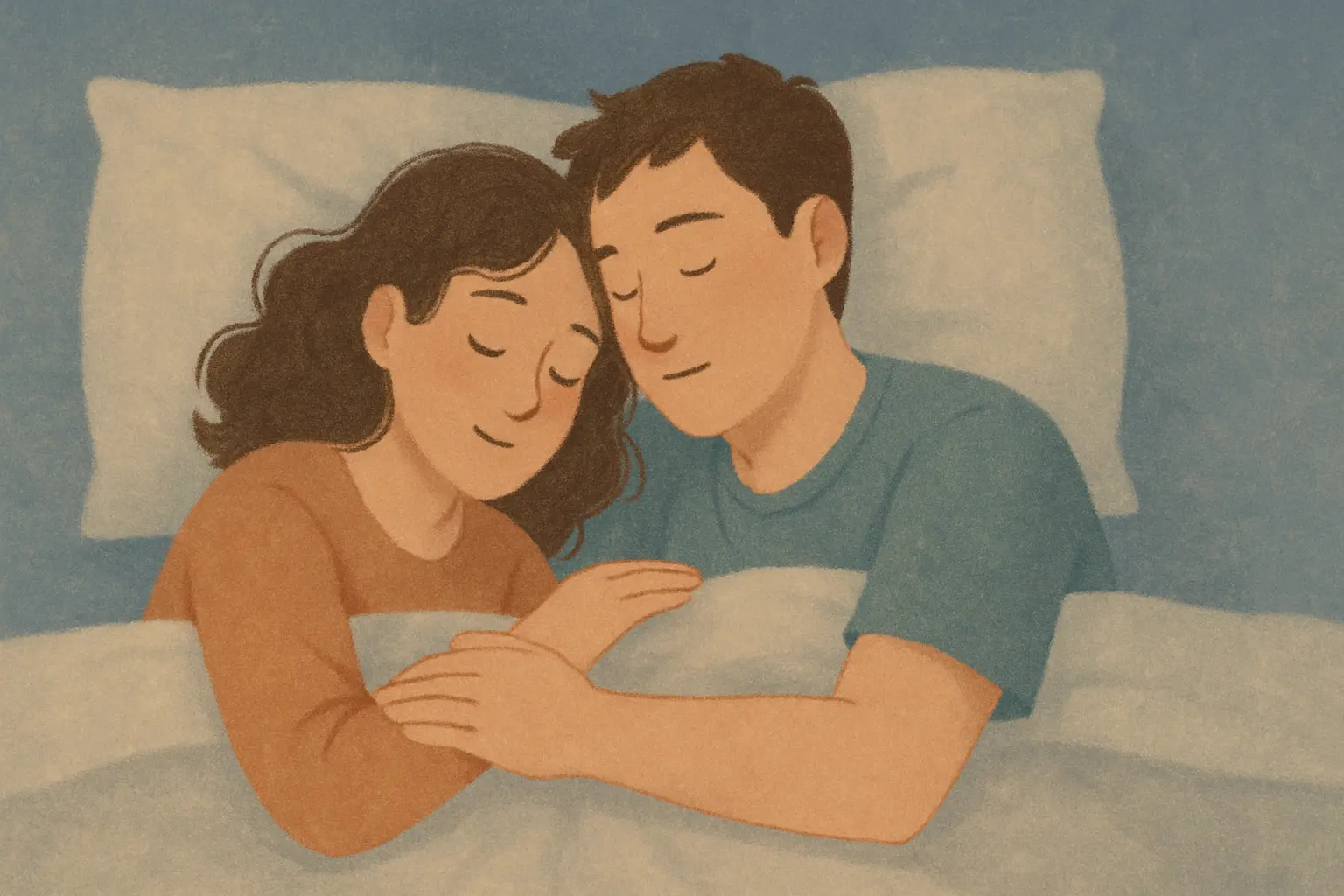Definition
Sleep apnea is a sleep-related breathing disorder characterized by repeated reductions (hypopneas) or pauses (apneas) in airflow during sleep, typically caused by upper-airway collapse. The condition fragments sleep and lowers blood oxygen, impairing daytime function and long‑term cardiometabolic health.
Pathophysiology
- Upper-airway dilator muscle tone drops during sleep, especially in REM; soft tissues of the pharynx collapse causing flow limitation or complete obstruction.
- Negative intrathoracic pressure rises against a closed airway, increasing arousal probability and sympathetic activation.
- Intermittent hypoxia and reoxygenation trigger oxidative stress, endothelial dysfunction, and blood‑pressure surges.
Diagnosis
- Clinical screening: STOP‑BANG, Berlin, OSA‑50; consider neck circumference, snoring, witnessed apneas, daytime sleepiness, resistant hypertension.
- Home sleep apnea testing or polysomnography to quantify Apnea‑Hypopnea Index (AHI) and oxygen‑desaturation metrics.
- Rule out mimics (central apnea, hypoventilation, insomnia) and assess comorbidities (obesity, diabetes, atrial fibrillation).
Treatment
- First‑line: CPAP/APAP with adherence support; consider mandibular advancement devices for mild–moderate cases.
- Adjuncts: weight reduction, positional therapy, alcohol avoidance, nasal patency optimization, myofunctional therapy.
- Selected cases: upper‑airway surgery or hypoglossal nerve stimulation after multidisciplinary evaluation.
Prevention
- Maintain healthy weight, limit alcohol and sedatives at night, treat nasal congestion and reflux, and establish a consistent sleep schedule.
- Screen high‑risk groups (obese, snorers with witnessed apneas, resistant hypertension) early using validated questionnaires.
Related Articles
- Snoring: Natural Remedies That Work
- Snoring and Sleep Apnea: What’s the Difference?
- Sleep Physiology: Deep Sleep Mysteries
Understanding Sleep Apnea: Signs, Risks, and Early Detection
“Every night feels like a gamble,” says John, 42, a marketing manager. He snores loudly, wakes up gasping, and often feels exhausted by midday. What he didn’t realize is that he might have sleep apnea, a condition affecting millions but often going undiagnosed.
What Is Sleep Apnea?
Sleep apnea occurs when airflow is partially or completely blocked during sleep, causing breathing pauses. These interruptions can happen dozens or even hundreds of times per night, reducing oxygen levels and fragmenting sleep. There are three main types:
- Obstructive Sleep Apnea (OSA) – Most common; throat muscles relax, blocking the airway.
- Central Sleep Apnea (CSA) – Brain fails to signal proper breathing.
- Complex or Mixed Sleep Apnea – Combination of OSA and CSA.
Common Signs You Might Have Sleep Apnea
- Loud, persistent snoring
- Gasping, choking, or sudden awakenings
- Morning headaches or dry mouth
- Daytime fatigue or difficulty concentrating
- Mood swings or irritability
Many people dismiss snoring as harmless, but chronic symptoms should not be ignored.
Health Risks Associated with Untreated Sleep Apnea
Untreated sleep apnea can contribute to serious health issues:
- Cardiovascular problems: High blood pressure, heart attack, stroke
- Metabolic disorders: Increased risk of diabetes
- Mental health: Anxiety, depression, and cognitive impairment
Practical Steps for Early Detection
- Track your sleep patterns: Apps like SnailSleep record snoring, breathing pauses, and sleep quality.
- Monitor daytime alertness: Keeping a log of fatigue, concentration, and mood can reveal patterns.
- Seek medical evaluation: A sleep study (polysomnography) remains the gold standard for diagnosis.
Lifestyle Adjustments That Can Help
While professional treatment is essential for moderate to severe cases, lifestyle changes can reduce severity:
- Maintain a healthy weight: Even modest weight loss reduces airway obstruction.
- Sleep on your side: Side-sleeping prevents tongue and soft tissue from blocking airways.
- Avoid alcohol and sedatives before bed: These relax throat muscles excessively.
- Exercise regularly: Improves overall muscle tone and cardiovascular health.
Real-Life Example: John’s Journey
John started noticing daytime fatigue affecting his work performance. By using a sleep tracking app, he realized he had frequent micro-awakenings. After consulting a sleep specialist and combining CPAP therapy with lifestyle adjustments (side-sleeping, weight management, and avoiding alcohol before bed), his energy levels and mood improved significantly.
When to Act Quickly
Sleep apnea should never be ignored. Severe cases increase the risk of heart disease and accidents due to daytime drowsiness. Early detection using smart apps, self-monitoring, and medical evaluation is the key to effective management.
Related Articles
- When Snoring Gets Dangerous: Early Warning Signs of Sleep Apnea
- Sleep Apnea: Signs, Risks, and Treatment Options
- Tracking Your Sleep with Technology: A Step-by-Step Guide

